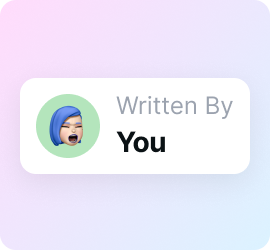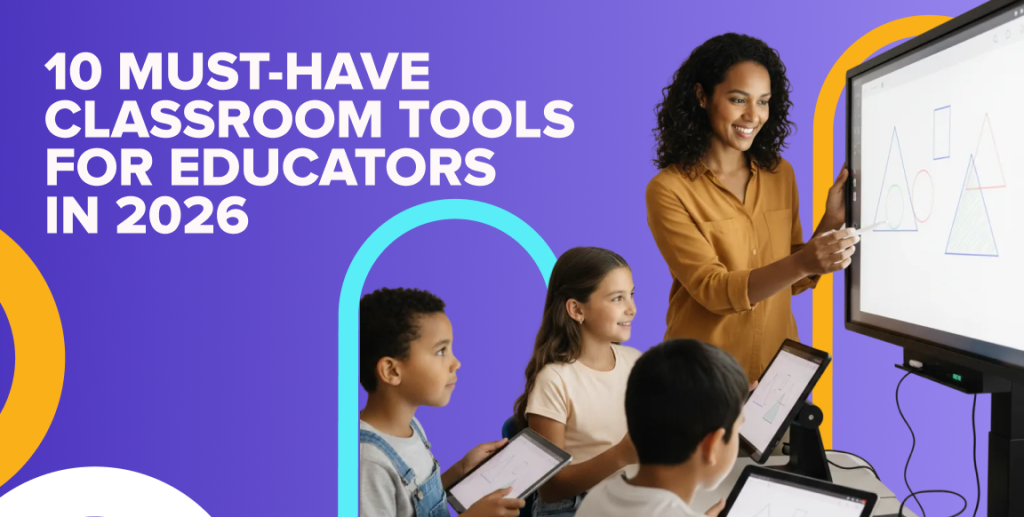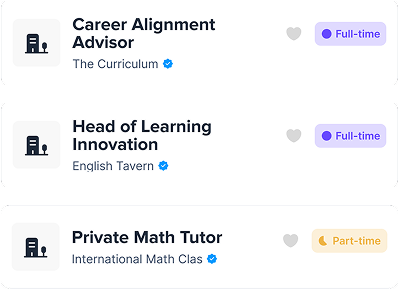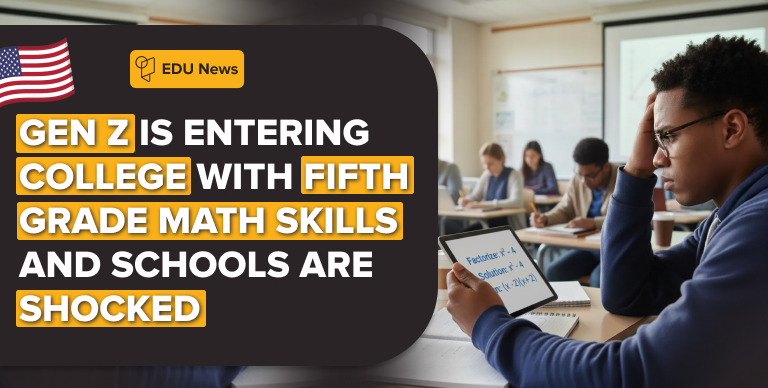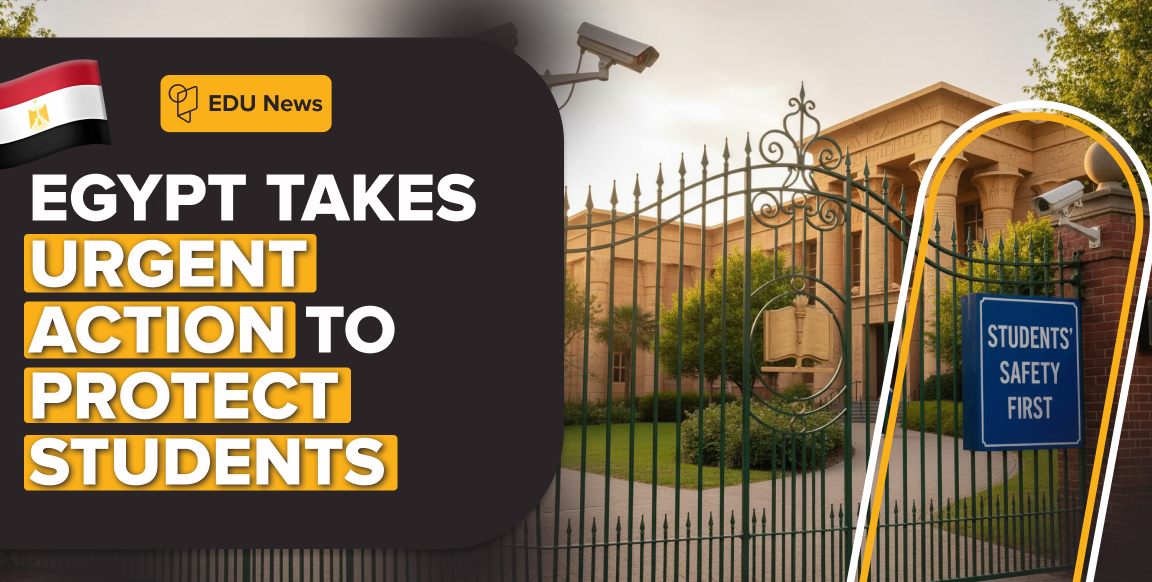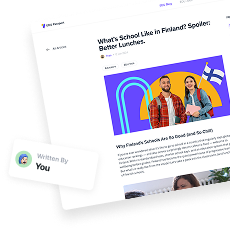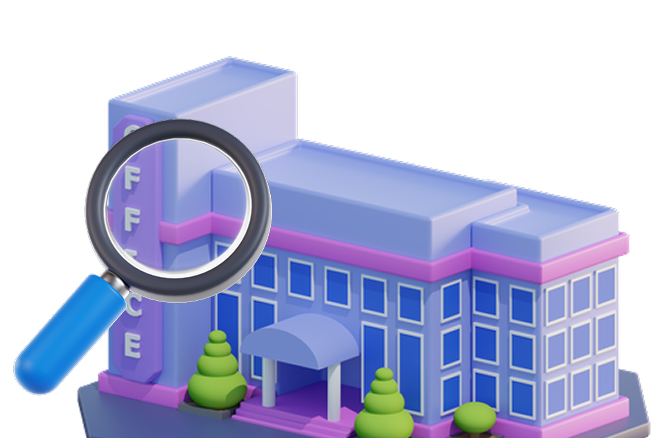Teaching in 2026 is evolving fast, but one thing remains true: the right tools can make your classroom smarter, smoother, and more fun. From tech gadgets to clever apps, these 10 must-have classroom tools will help you engage students, save time, and maybe even make you feel like a teaching superhero.
1. Interactive Whiteboards
Why educators love them: These aren’t your grandpa’s chalkboards. Interactive whiteboards like Smartboards and Promethean panels let students write, draw, and manipulate objects in real time. Teachers can integrate lessons with videos, polls, and interactive games, making even abstract concepts tangible.
How to use it effectively:
- Create collaborative mind maps during lessons.
- Display live quizzes and have students submit answers digitally.
- Annotate over presentations or PDFs for instant feedback.
Wrong example: Using it as a static projector screen-interactive doesn’t mean “look at this cool picture.”
2. Learning Management Systems (LMS)
Why educators love them: Google Classroom, Canvas, and Schoology help you organize assignments, grades, and communications in one place. Students can submit work, and teachers can grade and provide feedback without drowning in paper.
How to use it effectively:
- Schedule assignments in advance with clear deadlines.
- Share resources like videos, PDFs, and links for self-paced learning.
- Track student engagement and progress with built-in analytics.
Wrong example: Uploading worksheets without instructions. Students won’t know where to start.
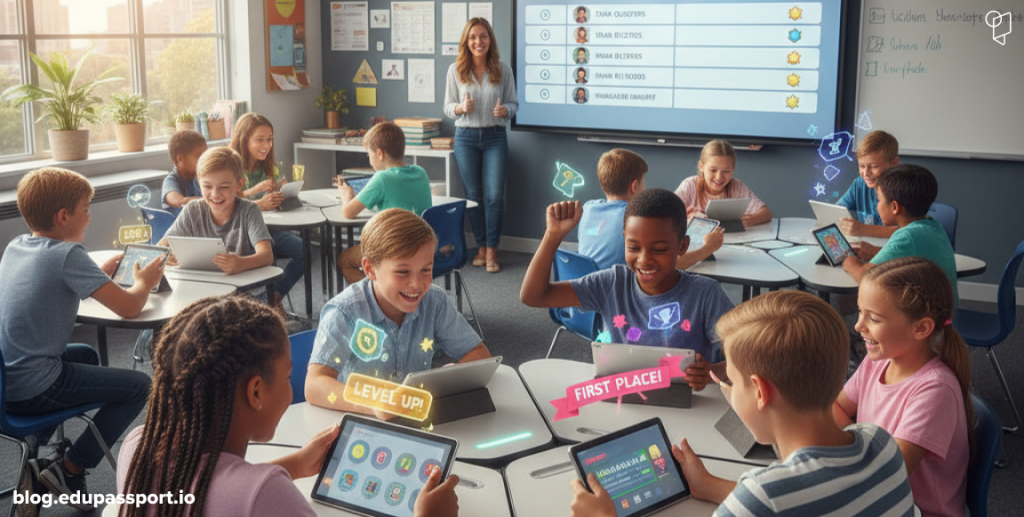
3. Classroom Response Apps
Why educators love them: Apps like Kahoot!, Mentimeter, and Poll Everywhere make learning interactive and fun. Quick polls and quizzes give instant feedback, helping teachers identify which topics need a review.
How to use it effectively:
- Start lessons with a “warm-up” quiz to recap prior knowledge.
- Use polls to spark discussions or vote on project topics.
- Gamify quizzes with leaderboards to boost motivation.
Wrong example: Using a response app for an entire lecture. Students get quiz fatigue fast.
4. Digital Lesson Planning Tools
Why educators love them: Planboard, Trello, and similar tools keep your lessons organized. You can attach resources, set timelines, and share plans with colleagues, making collaboration easy.
How to use it effectively:
- Color-code subjects or lesson types for quick visual organization.
- Attach lesson links, videos, and worksheets directly in the planner.
- Track learning objectives and outcomes to reflect on what works best.
Wrong example: Planning everything on paper but pretending your app is doing the work.
5. Video Conferencing & Collaboration Tools
Why educators love them: Zoom, Microsoft Teams, and Google Meet let classrooms connect with the world. Invite guest speakers, facilitate group projects, or run virtual field trips. Students practice digital communication skills while learning in new ways.
How to use it effectively:
- Break students into virtual “rooms” for small-group collaboration.
- Record lessons for students who miss class or need review.
- Integrate polls, Q&A, or screen-sharing to keep sessions interactive.
Wrong example: Using video calls for hour-long lectures. Engagement drops faster than your Wi-Fi.
6. Educational Games & Gamification Platforms
Why educators love them: Classcraft, Prodigy, and similar platforms make lessons feel like adventures. Gamifying learning encourages participation, rewards progress, and increases motivation for even reluctant learners.
How to use it effectively:
- Set point systems for teamwork, not just individual performance.
- Integrate games with lesson objectives to reinforce learning.
- Rotate challenges weekly to keep engagement high.
Pro tip: Explore game-based learning examples to spark ideas. For instance, see how Minecraft and Portal are transforming the modern classroom to inspire creative, hands-on learning experiences.
Wrong example: Turning every task into a game. Too much chaos can reduce learning value.
7. Digital Assessment Tools
Why educators love them: Quizlet, Socrative, Edpuzzle, and similar tools help teachers create interactive assessments, track progress, and provide instant feedback. These tools are paperless and save time while giving data to inform instruction.
How to use it effectively:
- Assign video lessons with embedded quizzes to check comprehension.
- Use auto-grading features, but review results to target student needs.
- Share study sets or practice quizzes for self-directed learning.
Wrong example: Using auto-graded tools exclusively without reviewing answers. Those data become meaningless.
8. Classroom Management Apps
Why educators love them: ClassDojo, Hero, and similar apps make tracking behavior, rewarding participation, and communicating with parents simple. Gamifying positive behaviors can improve classroom culture.
How to use it effectively:
- Give points for participation, collaboration, and kindness.
- Share progress reports with parents to keep them in the loop.
- Customize rewards and challenges to fit your class culture.
Wrong example: Using the app solely to track negative behavior, motivation works better than fear.
9. Collaboration & Creativity Platforms
Why educators love them: Canva for Education, Miro, and Padlet let students collaborate visually. Creative projects, presentations, and brainstorming sessions become easier and more engaging.
How to use it effectively:
- Have students co-create presentations, infographics, or mind maps.
- Use templates to guide projects and reduce setup time.
- Encourage peer feedback through comments and voting features.
Wrong example: Assigning complex projects without instructions. These tools need structure to shine.
10. Accessibility & Equity Tools
Why educators love them: Tools like Read&Write, Microsoft Immersive Reader, and closed-captioning tech help all students access content. Ensuring digital equity allows everyone to participate and thrive.
How to use it effectively:
- Provide audio or visual options for lesson materials.
- Use translation or reading support for ESL students.
- Make captions a standard for all videos to support comprehension.
Wrong example: Treating accessibility as optional, every student benefits from thoughtful design.
Bonus Tip: Keep Learning About Tech Equity
No tool fits every classroom. Learning about digital equity ensures all students benefit. For guidance, check out Equity in Education Technology: Making Digital Learning Work for Everyone.
Teaching isn’t getting any easier, but the right tools can make it smarter, smoother, and even fun. Want more teaching hacks and ways to connect with educators worldwide? Sign up for EDU Passport today and join the community transforming classrooms in 2026.



